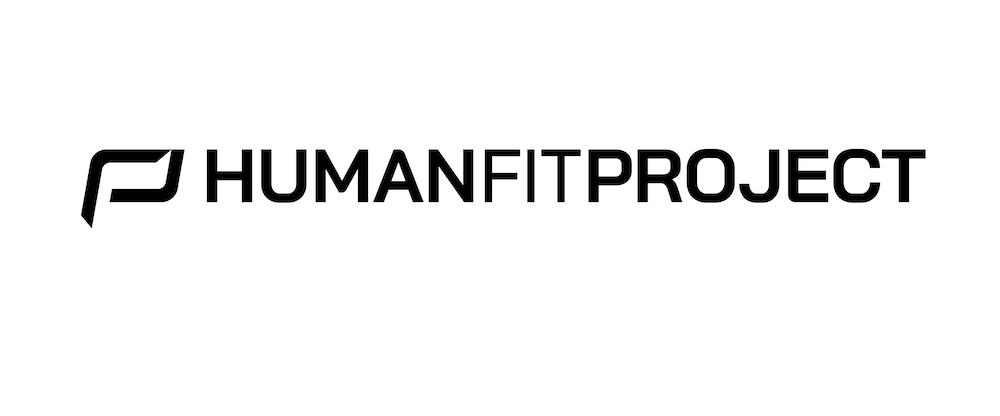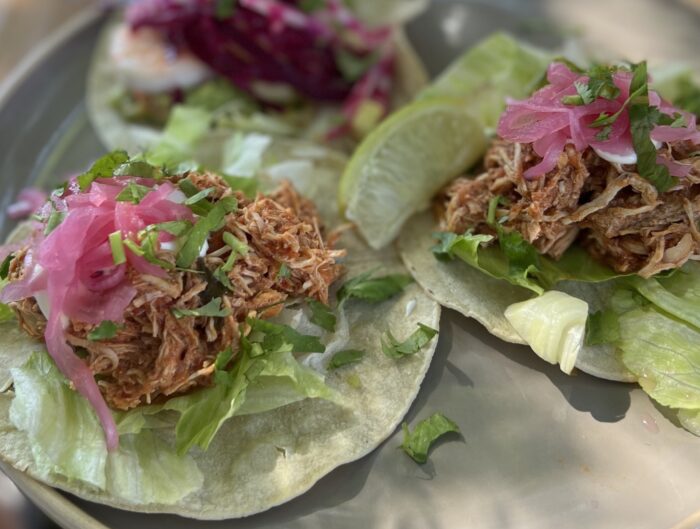It’s all about the Keto diet right now, but that buzz will fizzle out soon enough. While “going keto” will lead to weight and fat loss, the truth is: it’s not sustainable for most people. Most importantly, it might not even be healthy. And it’s not even necessary to do.
Your ultimate goal should be to become an intuitive eater, and the only way to do that is to take your time with nutrition 101 stuff, and learn how your body responds to certain foods. While this approach takes a bit more time, there are some guidelines to getting there a little more quickly.
You may also like: The 25 best muscle-building foods
First of all, if you’re eating more calories than you need, then you’re going to gain weight. Whether or not it’s fat or muscle depends on the macronutrients. On the flip side, if you eat less calories than you need, you’re going to lose weight. Whether or not it’s fat or muscle depends on the macronutrients. It really is that cut and dry. (Unless you have some type of metabolic disorders, but only an actual doctor would be able to tell you that.)
In a video shoot prep post here, I made mention that 168 is my number. It’s true. I’ve been around that weight for the last 8-10 years with sub 10% body fat. Don’t believe it? Here’s a split screen of me around 2009 and then me in early 2017. Pretty close. That’s consistent training and consistent clean eating. Neither have changed very much at all.
Over the last several years I’ve become more and more of an intuitive eater.
PROMOTION: For highly-customized workout and nutrition program, visit DigitalFitnessAdvisor.com, a new exclusive service by HFP. View one of our incredible body transformations and case studies with Australian actor Ben O’Toole.

Let’s take a look at my typical diet:
Since 2009 or so, this has been my general (and rough) template.
Breakfast: 30 grams of a protein shake with BCAAs + 1/2 cup oats (May 2019 update: I don’t use BCAAs much anymore because the research just doesn’t seem as strong as it once did for muscle recovery. These days creatine at 5 grams pre workout and 5 grams post workout is much more regular — I really like the research now.)
Snack: Handful of mixed nuts/almonds
Lunch: Grilled chicken breasts (.5 lb) + mixed veggies and/or salad
Snack: Plain Greek yogurt infused some 15 grams of protein powder
Dinner: Grilled chicken breasts (.5 lb), tuna, or salmon + 1/2 cup oats + a green veggie of choice
Post-Workout: 30-40 grams of a protein shake with BCAAs
Very approximate totals:
2,000 calories
265 protein (~53%)
120 carbs (~24%)
47 fat (~21%)
This “diet” was structured around the following:
- Eat 6 meals per day
- Protein is the base of all/most meals; aim for 30-40 grams
- Carbs only in the morning and/or around workouts. Only 25-35 grams or so each.
- Fat kept relatively low and eaten separate from carbohydrates
Here’s where things get confusing
After not doing this for quite some time, I looked at a couple online calorie calculators to see the recommended amount for maintaining my weight. For my moderate activity level, it gave me 2,670 calories to maintain. And 2,170 calories to lose a pound per week.
If I follow a 50/30/20 protein/carb/fat ratio based on the 2,670 calorie recommendation: Protein would be about 330 grams, carbs about 200 grams, and fat would be 59 grams.
Now, if we recall my diet above, the total calories were approximately 2,000. Protein was 265g, carbs was 120g, and fat was 47g.
The calorie and macro formulas are not perfectly aligned with my results.
Here’s what this tells us about the process
1. Trying to be precise is difficult and may not even be the right approach. It’s more about finding a range (and fine-tuning that range) that works for you.
2. Starting with a basic calorie counter is a great idea but you can’t expect it to be the end-all be-all answer.
3. The next step would be deciding how to break those calories out into macronutrients. (I recommend starting with 50/30/20 and sticking with it for a month to see how your body responds.)
4. Take a before photo, weigh yourself, even get your body fat checked if you want. (But, the mirror does the better job, IMO).
5A. At the end of the month, if you gained weight, you know you’re eating a surplus. However, if you’re leaner and more muscular, your macros are on point. But, if you’re carrying more body fat, then either the calories or the macros need readjustment (or both).
5B. At the end of the month, if you lost weight, you know you’re in a deficit. If you look leaner and more muscular, your macros are good, but you will need to bump up your intake to gain any additional muscle.
5C. If you weigh about the same, but look leaner and more muscular, you’ve found a good spot for calories and a macro breakdown.
6. The only way you’re going to push the needle in either direction is working on your own personal macronutrient formula. Maybe you need 60/20/20, a 70/20/10, a 50/10/40, a 40/40/20. Something in between two of these? There are many possible variations…
7. Speaking of variables; age, body type, stress levels, and the type and amount of exercise you’re doing all come into play. A 21-year-old college student has high testosterone and a carefree lifestyle, a 39-year-old investment banker is under significantly more stress, and his test levels are slowly dwindling.
8. As you manipulate your diet over time and become pleased with your results, then you know you’re becoming an intuitive eater. You know what you need, when you need it, and how the body responses.
9. At this point in your process, given the increased awareness of your body, this becomes a more appropriate time to experiment with more advanced or elaborate strategies such as fasting or carb cycling. (I’m not recommending you try them, especially if you’re in a good place, but if you’re interested, go for it.)
10. The scale becomes completely obsolete and the mirror takes over as the primary evaluation tool.
My final thoughts on food and figuring it out:
Your calories and macros will never be perfect. This is long process.
If you’re just starting out, throw out all the junk food in your house. If you’re serious about figuring this out, you don’t have time for junk yet.
On that note, don’t plan on any “cheat” meals for at least the first month. You don’t even know your body yet, don’t concern yourself with where you can “treat yourself”, you have plenty of time for that.
Most people don’t realize how much or how little they are actually eating. Educate yourself on serving sizes and be aware of what’s in what.
Food quality is more important than quantity.
The winning combination for me: protein is the base, carbs and fat support. It might be different for you.
PROMOTION: DOWNLOADABLE PDF





